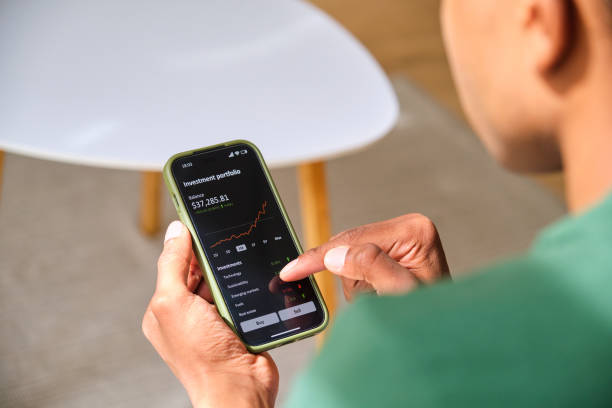Introduction
Investing with little money may seem challenging, but it’s completely possible and smart. You don’t need thousands of dollars or Euros to begin building your own wealth. This guide will show you clear, practical steps to start investing with little money and grow your financial future.
Why Investing with Little Money Matters
Starting small helps you learn how investing works without risking too much. Even a small investment can grow over time thanks to compounding. The key is to start early and stay consistent.
Step 1: Set Clear Financial Goals
Before you invest, know what you want. Are you saving for retirement, a house, or an emergency fund? Setting clear goals helps you pick the right investments for your budget.
Step 2: Use Low-Cost Investment Platforms
Many online brokers and apps let you invest with little money. Look for platforms with:
- No minimum deposit
- Low or no fees
- Fractional shares options
Examples include Robinhood, Acorns, and Fidelity.
Step 3: Start with Index Funds or ETFs
Index funds and ETFs let you buy a mix of stocks or bonds. They’re affordable and spread out risk. Many allow you to invest small amounts regularly, which fits perfectly with limited budgets.
Step 4: Automate Your Investments
Set up automatic transfers from your bank account to your investment account. Even $10 or $20 a week can add up over time. Automation keeps you consistent and removes the temptation to skip investing.
Step 5: Educate Yourself Continuously
Read books, listen to podcasts, and follow trusted financial blogs. The more you learn, the smarter your investment choices will be. Knowledge helps you avoid costly mistakes.
Step 6: Avoid Common Pitfalls
Don’t try to time the market or chase “hot” stocks. Focus on steady, long-term growth. Keep fees low and avoid unnecessary risks.
FAQs About Investing with Little Money
1. Can I really invest with just $10 or $20?
Yes. Many platforms now allow you to invest small amounts using fractional shares or micro-investing features. Apps like Acorns, Robinhood, and Fidelity support low-entry investing.
2. What is the best way to invest with little money?
The best approach is to use low-cost index funds or ETFs. They offer diversification and typically have lower fees, making them ideal for small investors.
3. Is investing with little money worth it?
Absolutely. Even small investments grow over time due to compounding. Starting early, even with small amounts, is better than waiting to invest more later.
4. Which app is best for investing small amounts?
Popular apps include:
-
Acorns – for automated investing and round-ups
-
Robinhood – for commission-free trades
-
Fidelity – for robust tools and no minimums
5. How often should I invest if I have a limited budget?
Invest consistently, even if it’s weekly or monthly. Automating small, regular contributions builds discipline and long-term growth.
6. Are there any risks in investing small amounts?
Yes, all investing involves risk. But you can reduce it by choosing diversified, low-risk options like ETFs and index funds, especially for beginners.
7. How can I avoid fees when investing with little money?
To avoid fees, choose platforms that offer commission-free trading and no account minimums. Look for low-fee index funds and ETFs. Avoid frequent trading, as it can lead to hidden costs even on free platforms.
Conclusion
Investing with little money is possible and rewarding. Start small, stay consistent, and focus on long-term goals. Your financial future depends more on time and discipline than the size of your first investment.
This is our new official LinkedIn page. Our previous page, which had over 58,000 followers, was taken down by LinkedIn — follow us here to keep getting verified job updates across Kenya.





